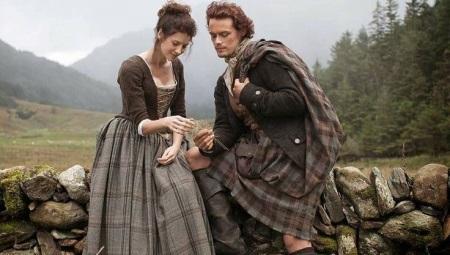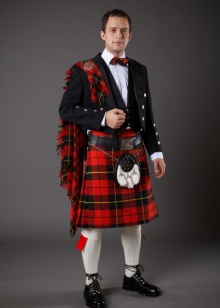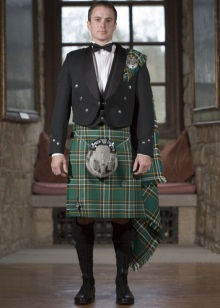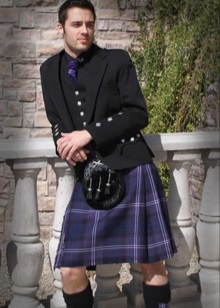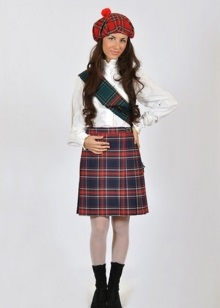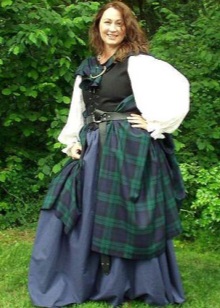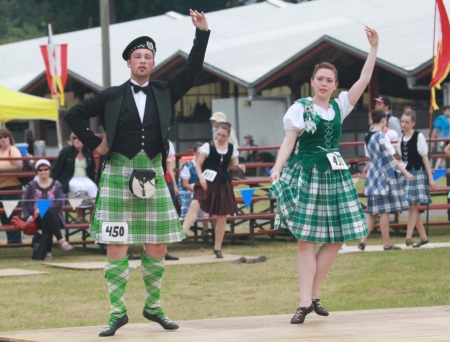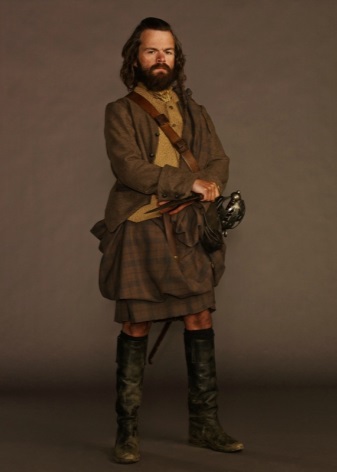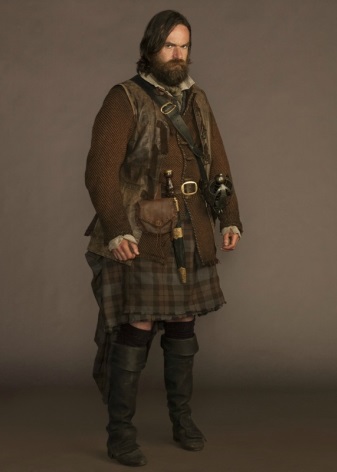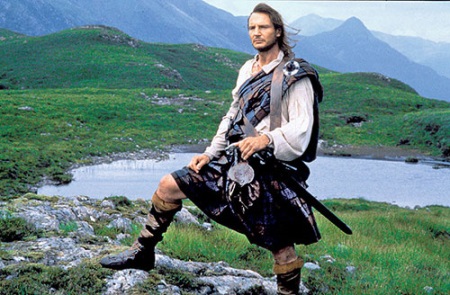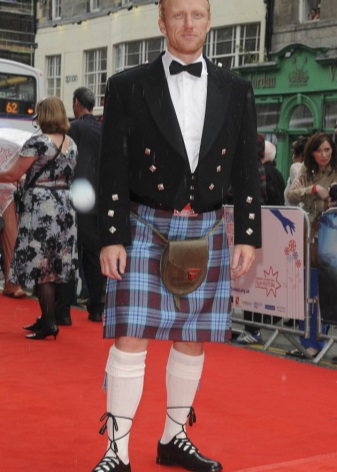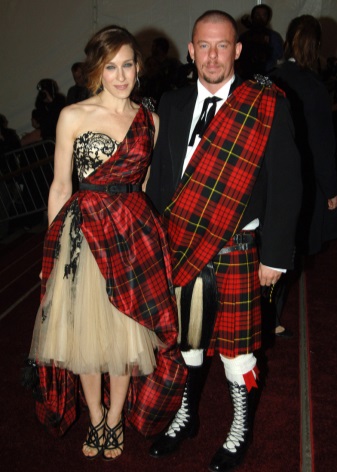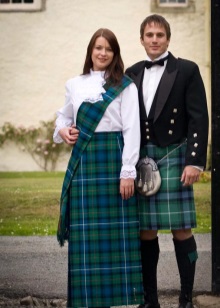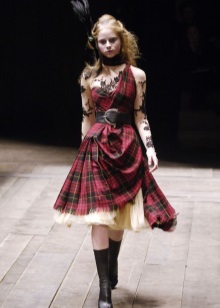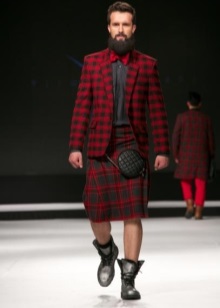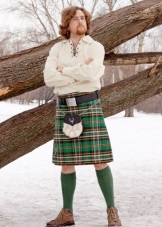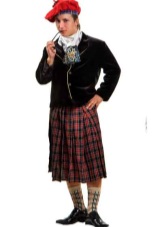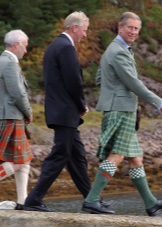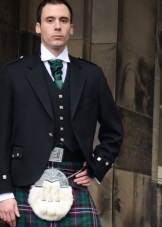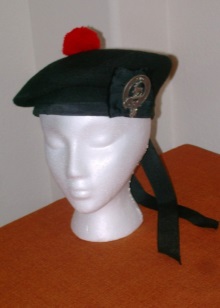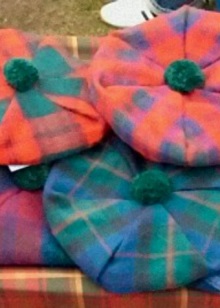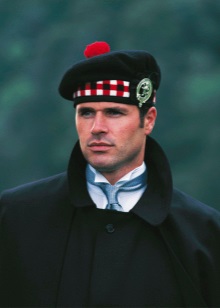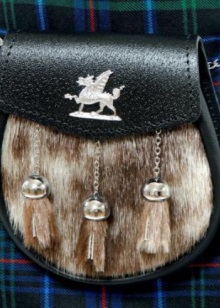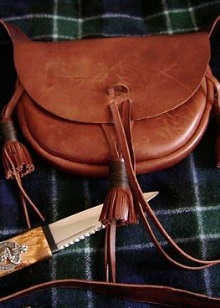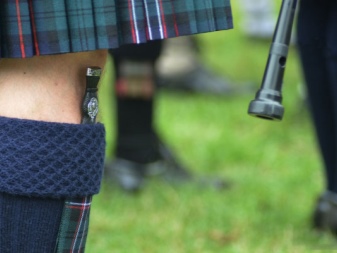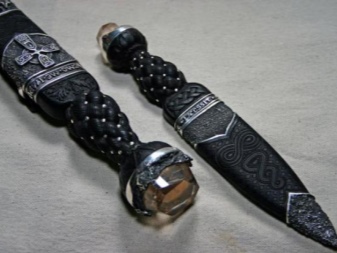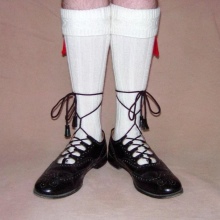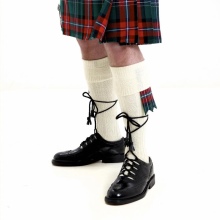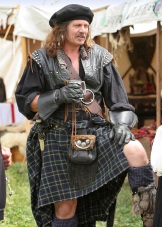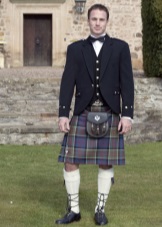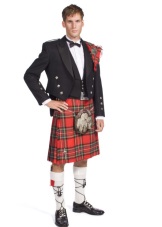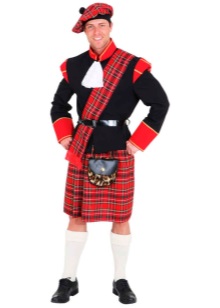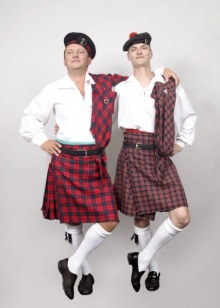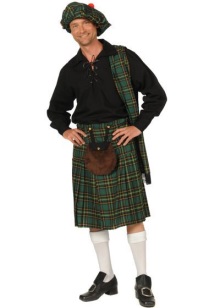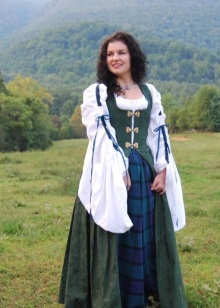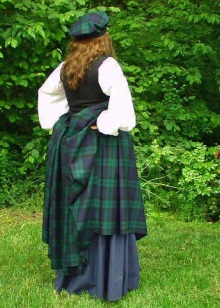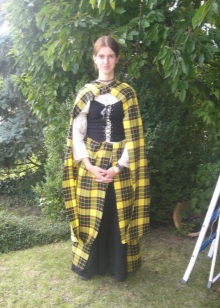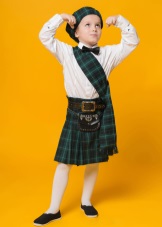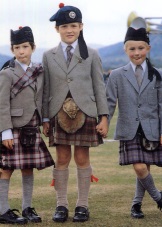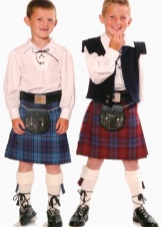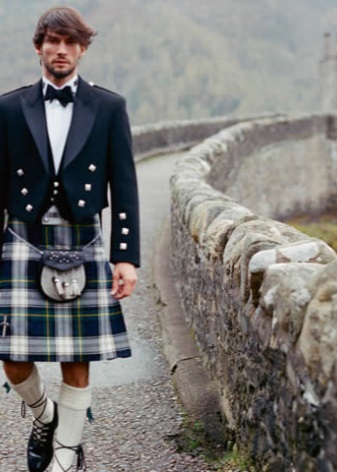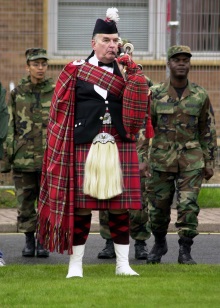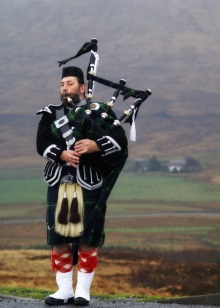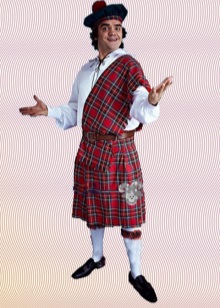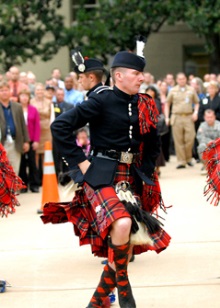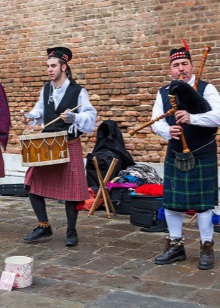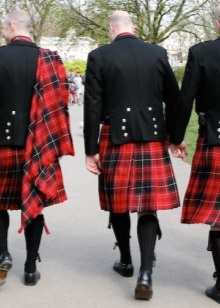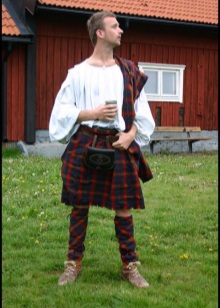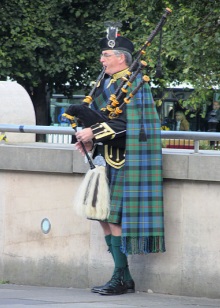When it comes to the Scottish national dress, most of the thoughts in the image of a pleated wool skirt to the knee. This is traditionally the male version of the suit, which very clearly demonstrates the clan and even the hierarchical identity of the Scot. However, there are also female, less known, variants of a classical dress. The national costume of Scotland has its own history and a whole range of additional traditional accessories and elements.
History reference
According to various sources, the Scottish national costume owes its appearance and introduction to the masses of the Highlanders, who at the end of the 16th century had extraordinary outerwear that looked like a modern trench with its functionality. Its name has been preserved and is used to this day - a big kilt.
For the mountain inhabitants of Scotland, it was not just clothing, but a multifunctional item of clothing. It was made from a special woolen fabric in a cage, which was called tartan. These were two huge canvases, stitched together and having a length of 4 to 8 meters. The width of a large kilt was calculated on the basis of the height of the man, and reached one and a half meters in such a way that the length of the finished product ends at the knee level.
The versatility of this particular element of the national clothing of the Scots of the mountains was that when transforming from a cape skirt, the big kilt could serve as a rug, veil, and also a classic cloak covering the head and shoulders during bad weather.
So, the fabric was wrapped around the waist, special pleated pleats were folded back behind. This part was fixed with a wide leather belt. The other one was thrown over the shoulder and fastened on clothes with the help of a special national fastener-brooch decorated with the emblem of the clan. A special pride was the presence of a kiltspin pin, which in its form resembled a sword and was worn on the hem of a kilt in order to make it heavier in particularly windy weather.
Over time, the traditional Scottish costume has undergone minor changes. Today it has a very specific well-established structure.
The main elements of the men's national costume in Scotland
The traditional clothing of representatives of the strong half of the indigenous Scots consists of the following parts:
- Underwear. A good half of humanity (and maybe even more) has full confidence that there is nothing under the kilt of Scottish men. And - they are right. None of self-respecting and honoring traditions, the Scot will not wear underwear. So it happened historically. And the conservative Highlanders do not intend to change the ancient foundations. The exception, perhaps, are the dancers and athletes.
- Jackets and shirts. For everyday wear, a loose linen shirt is used, over which a strict jacket of classic tweed cut is put on, having a shortened shape - up to the waistline. The national Scottish costume for the release is completed with an elegant snow-white shirt with a bow tie, elegant vest and one of the official national jackets: Prince Charlie or Argyll.
- Foot accessories. As a rule, Scottish men wore knee high knee highs.The color scheme depended on belonging to a particular clan or estate: more often white, more rarely checkered with a kilo-tone color. Shoes are called brogues - these are special leather shoes with perforations and very long laces, with the help of which they were fixed on the foot over golf and reached the middle of the calf.
Headdress. Scottish national costume has at least three options for special hats:
- Barmoral - a traditional men's headdress, characterized by a bright woolen bubble and satin ribbons (like the sea). The beret is made of the same fabric and has the same color as the kilt.
- Tam-o-shenter - another national takes for the Scots. As well as a bormoral, sometimes it has a cockade in the form of a clan coat of arms in the center and a feather on its left side. It differs from the previous headdress only in the absence of ribbons.
- Glengarry - a foil cap, a modified model of the bmoral. Her initial assignment was to put on military service with work clothes. From the XIX century becomes the traditional headgear of Scottish bagpipers.
Other national accessories
- One of the signature additions to the individual style of modern men in Scotland is the leather sporran (purse bag), which is attached to the kilt belt. For Scots, it is considered a functional substitute for pockets, which, alas, are not provided in a strict national costume. The sporran is located, as a rule, on the palm below the strap of leather that fixes the kilt, or on a separate chain that clasps the hips.
- Skin doo is a traditional Scottish knife, which in ancient times was worn on the right-leg golf garter so that the handle remained invisible. This phrase is translated from the Gaelic language as a black dagger. The knife is obliged to this name, firstly, by the fact that its blade was made of black material; secondly, the way of wearing it also suggested the thoughts about the blackness of the thoughts of its user.
- Dirk is a classic Scottish dirk designed exclusively for publication today. It is equipped with a straight half-meter blade. It is tied on a leather kilt belt.
- Gilly - soft leather sneakers, moccasins for Scottish dancers performing national choreographic etudes.
Coloring of kilts can also be attributed to the special accessories of the national costume. Each color is reserved by a specific genus, region or region. To date, there are thousands of color options for Scottish men's skirts.
The use of the color combination of another community is considered a social crime, which is investigated by a special body and the Chief Herald, who heads it. His main responsibilities are to control the correct use of his (belonging to a particular clan) colors, melodies.
Women's version of the national Scottish costume
Historically, in Scotland, it was men’s clothing that focused most of its attention. Female wardrobe was less eloquent and decorated. However, the clothes in it are necessarily carried out with elements of the clan affiliation.
The main parts of which the national costume for Scottish women consisted were as follows:
- Simple cotton bottom dress to the floor.
- The upper dress is made of wool, not less than the knee in length, with a distinctive clan color.
- Classic wool apron, decorated with a rare pattern or braid.
- Cape with a single clasp on the neck, which consisted of a hood and a raincoat.
- Headdresses were worn exclusively by married women.
- National women's shoes Scotch differed from the men only in size.
- By the end of the XVI century, the wearing of an elongated kilt-plaid entered into use among women.
The national clothes for the girl completely repeated a standard set of a suit for the adult woman.The girls always went bare-headed, and they were also allowed to decorate the top dress and aprons with bright children's national patterns. As for the classic outfit for the boy, there was also almost no difference from the traditionally male kilt with all the accompanying accessories and additions.
Despite the fact that today the Scottish national costume is found exclusively in historical restorations or on traditional holidays, its appearance, its history, energy and functional features continue to be passed on from generation to generation. Therefore, today we can very clearly imagine a classic kilt in a certain color range, although not completely understanding which clan it belongs to.
Understanding all the subtleties of the historical prerequisites and conditions for the formation of a national costume, you begin to understand how strong the unity of the nation, built for centuries on the individuality of each individual family. Today, the use of the traditional big kilt can be found among the Celtic peoples: the Welsh and the Irish. In the least degree involved in this and the inhabitants of the Isle of Man.
